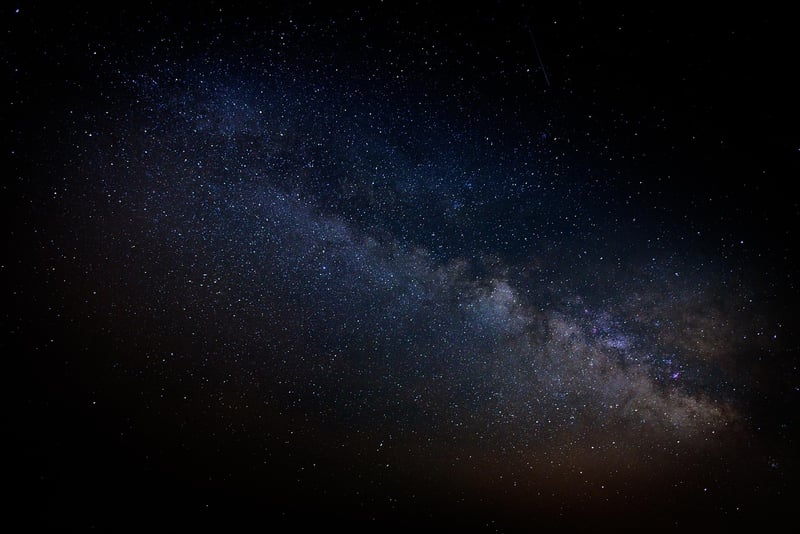Pulsar Navigation
Celestial Events and Pulsar Navigation
Exploring the wonders of the universe and harnessing its celestial events for navigation have been integral parts of human history. From ancient civilizations using stars to navigate seas to modern space missions relying on pulsars for precise positioning, the relationship between celestial events and navigation is fascinating.
The Magic of Celestial Events
Celestial events, including meteor showers, eclipses, and planetary alignments, have captured human imagination for centuries. These events are not only visually stunning but also hold astronomical significance. For many cultures, celestial events were markers of time, helping in the development of calendars and navigation techniques.
Stargazing and Navigation
Stargazing has been a fundamental tool for navigation throughout history. By observing the positions of stars and constellations, early navigators could determine their location and direction. Polaris, the North Star, has been a guiding light for sailors in the Northern Hemisphere, aiding them in finding true north.
Pulsar Navigation in Space
While traditional celestial navigation methods are still relevant on Earth and sea, space exploration necessitated more advanced techniques. Pulsar navigation is a cutting-edge technology that utilizes the precise timing of signals from pulsars to determine the position of spacecraft with incredible accuracy.
What are Pulsars?
Pulsars are highly magnetized, rotating neutron stars that emit beams of electromagnetic radiation. These beams sweep across space like lighthouses, providing a consistent and reliable signal that can be used for navigation. Pulsars are incredibly stable and have predictable pulse rates, making them excellent cosmic beacons.
Benefits of Pulsar Navigation
Unlike traditional navigation methods that rely on external references, pulsar navigation is autonomous and can provide precise positioning information anywhere in the universe. This technology is particularly crucial for deep space missions where traditional GPS systems are not viable.
Conclusion
Celestial events have always been sources of wonder and inspiration for humanity. From guiding ancient explorers across oceans to aiding modern spacecraft in navigating the vastness of space, the relationship between celestial events and navigation continues to evolve. Pulsar navigation stands as a testament to human innovation and our ability to leverage the mysteries of the cosmos for practical purposes.

Explore the beauty of the universe and the marvels of celestial events, from meteor showers to pulsar navigation, and witness the seamless blend of science and wonder in the cosmic ballet above.
